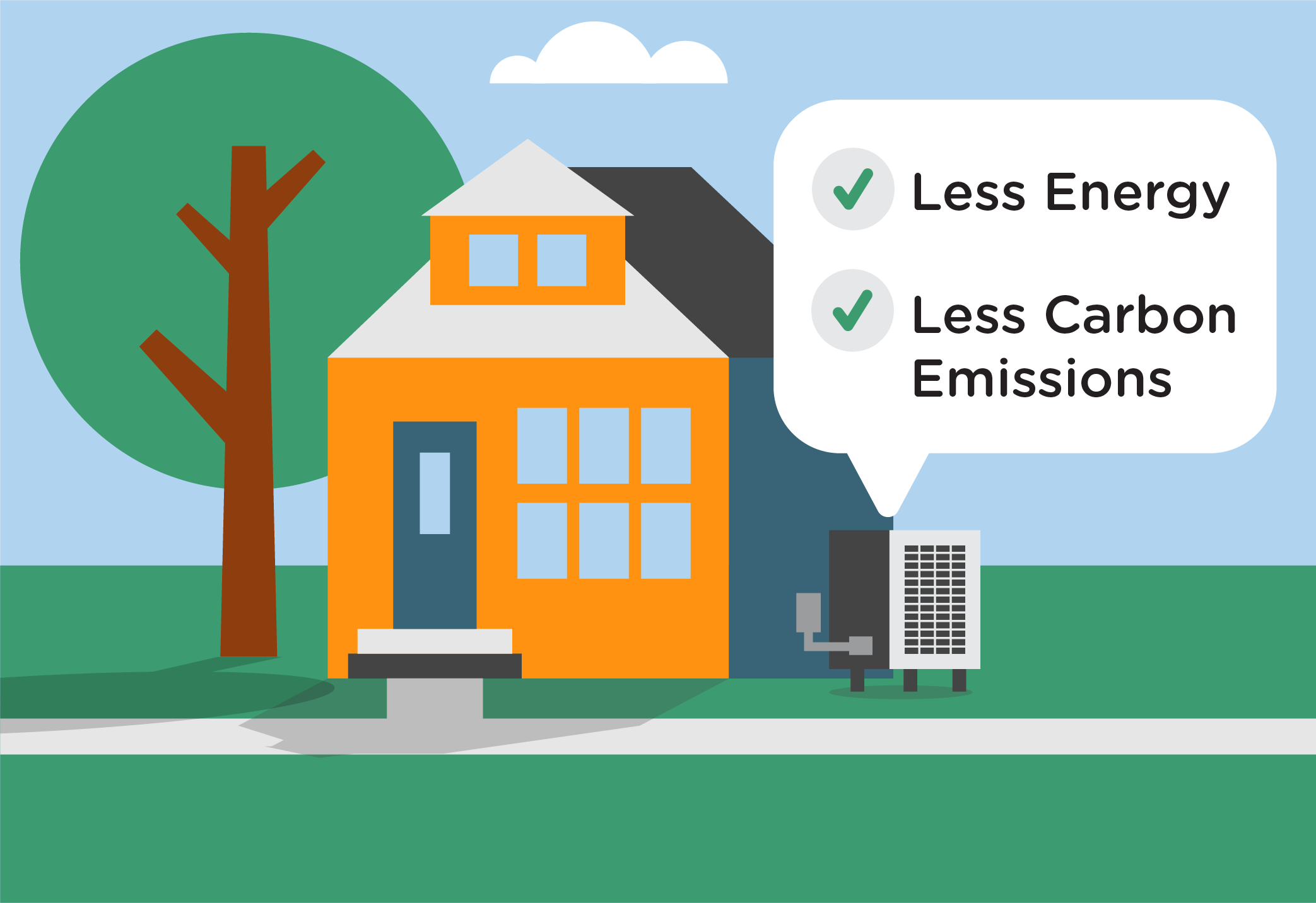Four Lessons on Innovation in Financing Energy Efficiency
In March 2014, we cosponsored a conference that brought together key stakeholders and leaders to discuss how we can create a marketplace for energy efficiency and distributed generation through innovative financing. The event was well attended with over 200 professionals from across multiple sectors.
This third annual event had an ethos of enthusiasm and progress, beginning with a keynote from Richard Kauffman, Chairman of Energy and Finance for New York and Chairman of the New York State Energy Research and Development Authority. Throughout the day, the discussion highlighted opportunities and challenges for residential and commercial properties and public/private partnerships.
We observed a few themes, too.
1. “Financing follows demand. It doesn’t create it.” –Richard Kauffman
Financial products are important to energy efficiency transactions, but they don’t generate the demand. We cannot reasonably expect people to clamor for energy efficiency simply because a loan is available. First, we need to demonstrate a benefit (such as real estate value or improved cash flow) to get stakeholders interested. Then, we need to use grants and financial products and services to move the market forward. We can expect improved energy efficiency and related benefits as a result.
2. Language matters.
As a group, we need to be more inclusive and careful with the language we use. Unlocking language to foster innovation in the efficiency financing space requires collaboration from a diverse group, so we need to use language that resonates with all stakeholders. This will allow us to better engage with buildings owners, lenders, and everyone in between. For example, building owners are motivated by reduced operations and maintenance costs while lenders are interested in deal flow.
3. So does scale.
There’s a big difference between leveraging a $30 million public or private fund and working with a building owner who seeks a $10,000 loan. We need to be mindful of the scale of financing other stakeholders are used to working with. The importance of entities that can “aggregate deals” and fill the gap between both ends of the financing spectrum will be important as we move forward.
4. We’re making progress.
At the conference this year, we observed enthusiasm around the measurable progress from previous years and saw new deals on the horizon. For example, there was significant interest in and discussion of property assessed clean energy (PACE) advances in California, the Clean Energy Finance and Investment Authority (CEFIA) scaling up clean energy deployment in Connecticut, the importance of third party implementation, big data (and how value lies in the data, not the tool), and the emergence of green banks.
We’d like to thank the cosponsors of the event – Citi, Environmental Defense Fund, Wilson Sonsini Goodrich & Rosati – and all the attendees who contributed to the dialogue. We look forward to continued collaboration and progress. Join the conversation on Twitter at #energyefficiency.



